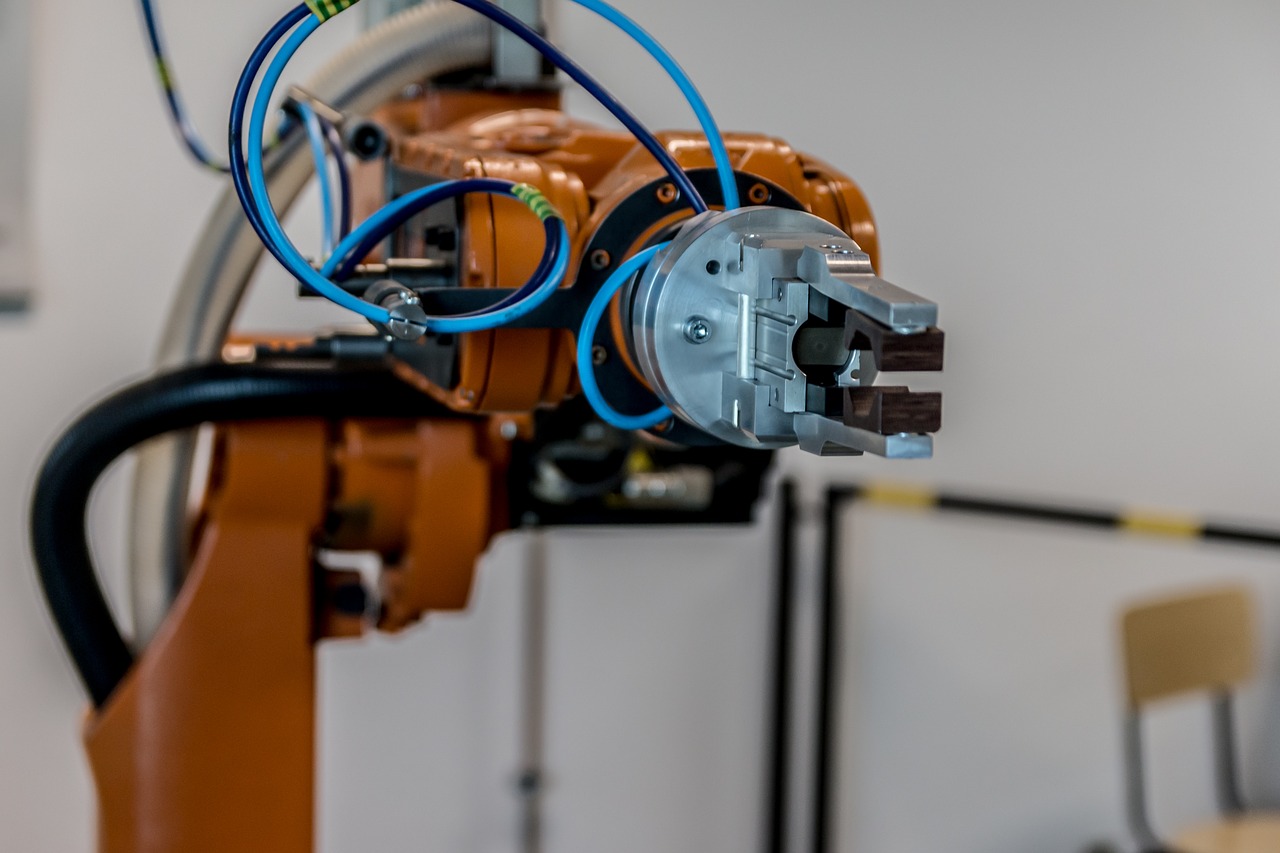Assembling small and tiny parts to a finished product is a hefty task. The process is energy draining, strenuous and dull. In a world where skilled labor supply is surpassed by demand, manufacturers have to rethink strategically. Consistency and efficiency is vital in production. The market strategies are also changing. Most of the industries that assemble small parts are pushed to:
- hike their production volumes
- customize their products
- shorten the time takes to complete production of the products
Some of these companies require short product life cycles in order for them to remain competitive.
The most reliable and economical strategy to optimized production is investing in assembly-line robots. These robots can boost the working speeds and efficiency. Some tasks that prove to be dangerous can also be safely completed.
The robots are made to fit into the already existing work spaces occupied by human workers. They also need to be portable and deployable without much fuss. Despite robots being programmed to complete tasks on their own, human inspection and control are necessary. The robots need to be human-friendly. Since the parts to be assembled are tiny, caging obstructs vision and uses up more space. Assembly line robots should not be complex enough to require intensive and extensive training to the users. The robots need to be incorporated with motor and visual sensors to replicate human working.
Robots vs. humans
Replication of all human abilities in robots is a complex task however simple it seems. The senses of touch and motor are more advanced in human beings. This makes determining the amount of force to be applied on a surface easy. Fewer breakages are realized this way. Human beings are also enabled to seamlessly spot an item, pick it up and handle a wide variety of parts.
Designing collaborative robots
Collaborative robots are the main players in the small parts assembly plants. Here are the considerations that determine their design to optimize these features.
Safety: just like in humans with a hard skeleton and soft padding in the form of muscles, robots have a design that greatly reduces the forces due to unexpected impacts. The inner skeleton is mostly made of magnesium while the exterior is plastic cased.
Compactness: the robots are made with two arms that are characterized by axes that initiate a compact movement within the confined space.
Responsiveness: unexpected impacts lead to a quick pause in the robotic motion that is easily restarted. These robots are very fast and precise. They can return to their original position in a matter of seconds.
Flexibility: robotic arms are designed to be deployed in several configurations to increase the range of grip surfaces.
Easy to program: lead-through programing ensures easy usage of the collaborative robotic arm.
Applications of assembly line robotics.
Flexible Feeding
A feed surface is fed with parts from a bulk hopper. A camera fixed above the surface identifies the parts accurately. The robot picks the parts to perform the next task.
Bowl Feeding
Vibrations are triggered to cause motion of parts from a bulk hopper. A groove picks the parts and presents them to the robot.
Bin Picking
3D visuals help in sorting and picking the required parts from any mixture or bins, cartons or cases with sheer precision
End-Effectors
These determine the robot’s grip on parts. Pneumatic or electric actuators open and close the arm’s motion. When operations involve the use of multiple tools the process becomes complicated
Tool Changing
Multiple tools are required in assembly lines. The robots are designed to automatically alter their positions or end effector configurations to pick and change a wide variety of tools.
Force Sensing
Insertion and tightening require an appropriate amount of force to be applied. The end effectors receive the data on the required force to effectively accomplish the task.
Part Fastening or Joining
Fastening joints is the core task of assembling parts. The collaborative arms increase the efficiency of these processes from screw driving, applying glue and adhesives, welding and clip insertions.
Inspection
Detection of flaws to be corrected before products are shipped is vital for their quality. Consistent quality is enhanced by the robots ability to collect the relevant data.




